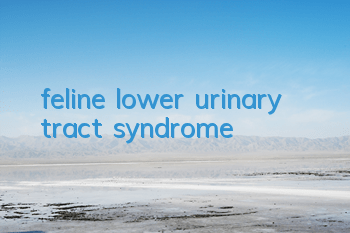Feline lower urinary tract syndrome refers to a general term for a series of symptoms affecting the lower urinary system of cats, which can be divided into: cystitis, bladder stones, urethral obstruction, spontaneous cystitis and unexplained urinary tract diseases. It mostly occurs in adult cats over 1 year old, and some may also occur in kittens or elderly cats. Urinary system diseases in cats are not easy to detect early because cats usually don’t like to be seen when peeing. If a problem is found, it should be sent to the doctor as soon as possible.
How to prevent feline lower urinary tract syndrome:
1. Increase the cat’s drinking water, provide clean, fresh drinking water, and change it frequently. Do not add a large amount at one time. For drinking water, it is best to put a small amount of drinking water each time and let the cat drink it before changing it.
2. Cats may not like to drink water with disinfectant added in some areas, so it is best to provide distilled water or mineral water.
3. Clean the cat’s urinal frequently and do not let a large amount of cat urine exist in the cat sand.
4. Regularly encourage cats to exercise or play, and maintain an ideal weight.
5. Feed cats prescription food to reduce the chance of urinary tract diseases.
6. Pay more attention to observing cats and detect abnormalities in time. Pay attention to the cat's peeing posture and observe the cat's daily urine output. If any abnormalities are found, send the cat to the doctor promptly.
7. If conditions permit, you can take your cat to the hospital regularly for bladder ultrasound and urine examination.








